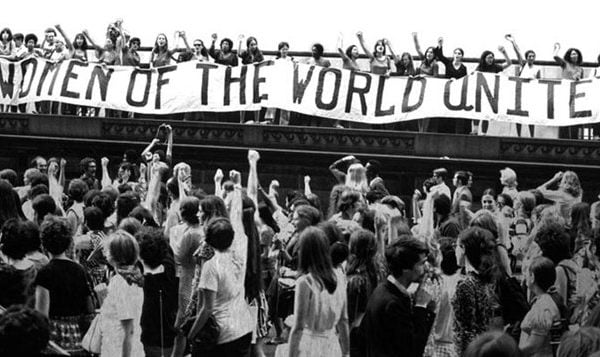Read the first part here: A Brief Summary Of The First Wave Of Feminism
The Second Wave of feminism is usually demarcated from the 1960s to the late 1980s. It was a reaction to women returning to their roles as housewives and mothers after the end of the Second World War. The men that had to leave the workforce to join the defence forces had returned and women were fired from their positions and replaced by men.
38 percent of American women who worked in the 1960s were largely limited to jobs as teachers, nurses or secretaries. Women were expected to quietly resume their lives as loyal and subjugated wives. Housewives were estimated to spend an average of 55 hours a week on domestic chores. However, after having worked and been independent of male dominance during the war, women didn’t want to resume these roles and this brought about the Second Wave of feminism.
This movement was initially concentrated in the United States of America and then spread to other Western countries. While the First Wave was largely concerned with the suffragette struggle for the vote, the Second Wave focused more on both public and private injustices.
Issues of rape, reproductive rights, domestic violence and workplace safety were brought to the forefront of the movement and there was widespread effort to reform the negative and inferior image of women in popular culture to a more positive and realistic one. Women created their own popular culture and the movement spread through feminist films, music, books and even restaurants.
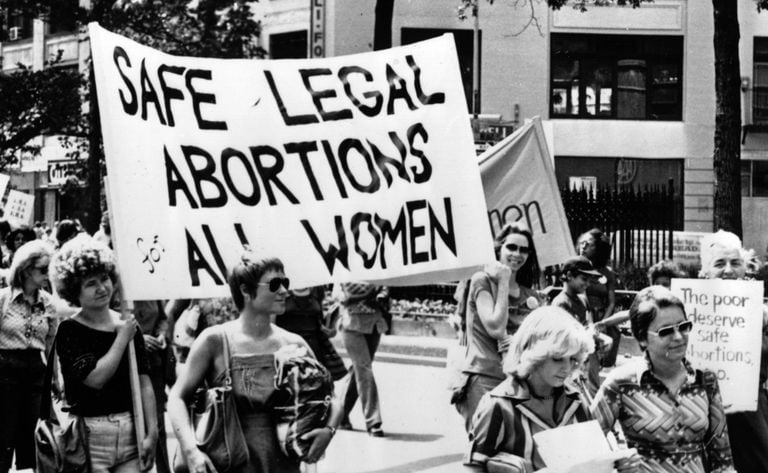
This movement was triggered by the publishing of Betty Friedan’s book, The Feminine Mystique, a renowned feminist text credited for daring to break social conventions regarding the portrayal of women. Friedan was inspired by Simone de Beauvoir’s book, The Second Sex, first published in Paris in 1949.
This text was considered ground-breaking and became a landmark in the history of feminism. The Feminine Mystique discussed “the problem that has no name”: the general unhappiness of American women in the 1960s and 70s.
Friedan highlights the fault of the advertising industry and education system in restricting women to the household and menial tasks that result in a loss of identity and individuality. This book reached women all over the United States of America who were touched by it. Thousands of white middle-class women were thus drawn to the feminist cause, marking the start of the Second Wave of feminism.
Another demarcation of this stage was through legislative measures. The Food and Drug Administration approved an oral contraceptive pill, made available in 1961 that was an important step towards letting women develop careers instead of being forced into family life.
The Kennedy administration also set up a Presidential Commission on the Status of Women, which was chaired by former First Lady Eleanor Roosevelt. A report released by the commission on gender inequality recommended paid maternity leave, access to education and good childcare to help women. An organization called Women Strike for Peace mobilized 50,000 women in 1961 to protest against nuclear bombs and tainted milk.
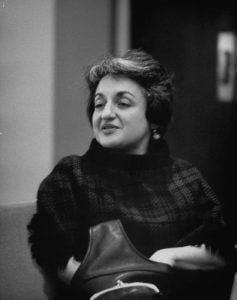
Women became more involved in protests and advocacy for equality by creating local, state and federal feminist organizations. Legislature like the Equal Pay Act of 1963 and Title VII of the Civil Rights Act of 1964 were significant measures taken to achieve greater equality for the sexes. Supreme Court rulings like Griswold v. Connecticut and Roe v. Wade also furthered the feminist cause.
In 1966, the National Organization for Women (NOW) was created, with Friedan named the first President. The founding statement of NOW demanded the removal of all barriers to “equal and economic advance” and declared “the true equality for all women” as its aim.
The NOW, under Friedan, tried to enforce more work opportunities for women but there was fierce opposition to this demand. The opposition argued that at that time, male African Americans, who were heavily discriminated against by the white population were in greater need of employment than middle-class white women. As a result, Friedan stepped down from the presidency in 1969.
The legal victories of the movement post-NOW creation were extensive. A 1967 Executive Order gave full affirmative action rights to women. A 1968 order made sex-segregated help wanted ads for employment illegal, thus drastically decreasing female exclusion from the workforce.
The Women’s Educational Equity Act of 1972 and 1974 provided greater educational equality. Title X of 1970 addressed health and family planning, and the Equal Credit Opportunity Act of 1974 and Pregnancy Discrimination Act of 1978 were all notable reforms.
The outlaw of marital rape by all states in 1993 and the legalization of no-fault divorce greatly reduced the dependence of wives on their husbands and gave them the tools to live healthier lives. In 1975, a law requiring military academies to admit women was passed and the image of women as simply “domestic goddesses” was altered.
All these successes were impressive, and many believed that the objective of female liberation had been achieved. A massive let-down came in the form of the Equal Rights Amendment to the United States Constitution’s failure to be ratified by 38 states in order to be implemented.
Many ambitious and resourceful feminist leaders like Friedan arose during this wave. A young journalist, Gloria Steinem, became a feminist leader when her writing about the Playboy Club and its chauvinist elements gained popularity with women. She was a staunch advocate for legalizing abortions and federally funding daycares.
Like Friedan and Steinem, there are other feminists who were forerunners of the Second Wave. In 1969, feminist writer Kate Millet wrote Sexual Politics about how patriarchy invaded sexual discourse and led to gender oppression. She stated that discrimination began with gender and then occurred between race and class.
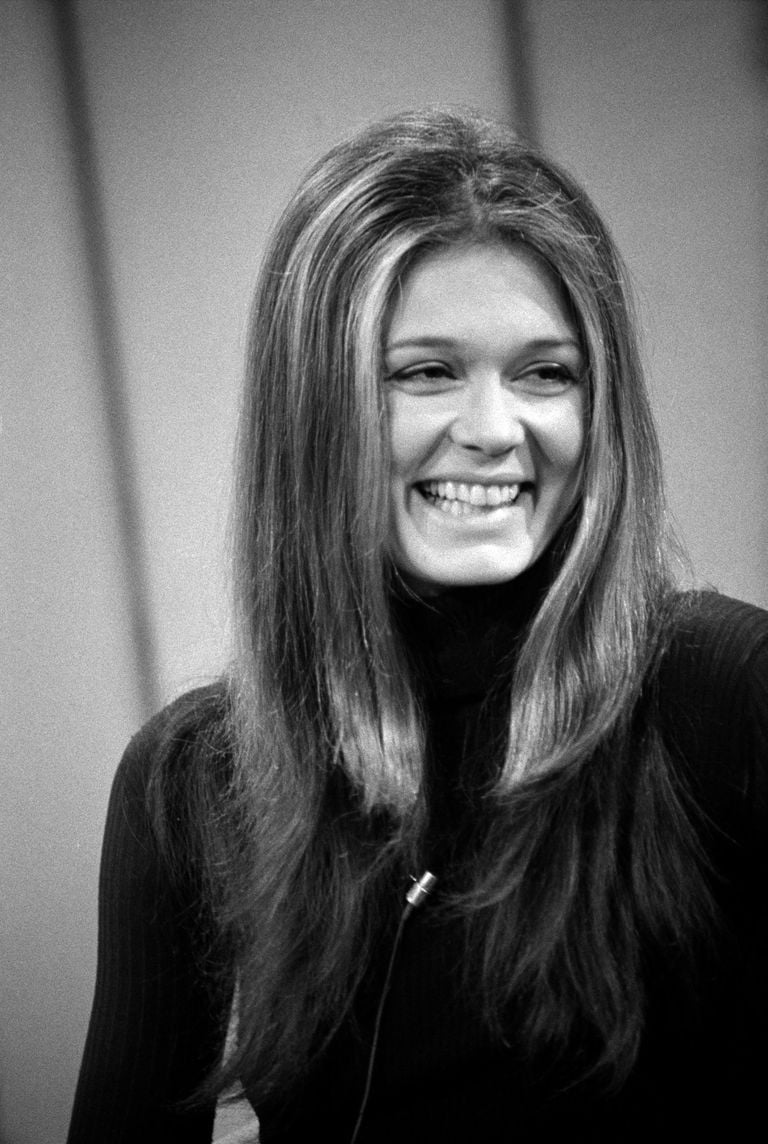
Another writer that had an impact still felt today was Carol Hanisch. Her essay, The Personal is Political, argued that even the most private aspects of life like housework and gender roles are politically relevant for women and must be brought into the public sphere. The slogan, The Personal is Political is used often today at rallies and demonstrations advocating women’s rights.
As a whole, the Second Wave can be characterized by a general feeling of solidarity among women fighting for equality. It also saw the creation of several types of feminism. Radical feminism was prevalent, which involved the complete elimination of male supremacy and challenging of all gender roles.
Socialist feminism was also a form of feminism created post the Second World War. Like Marxism, it acknowledged the oppressive nature of a capitalist society and saw a connection between gender and racial discrimination. It differed from radical feminism in that it didn’t see gender as the exclusive basis for all oppression. Eco-feminism was widely recognized. It related environmental justice and care with women’s rights and liberation.
While the Second Wave was a hugely successful movement that comprised many legal and cultural victories leading to greater equality, it had its shortcomings. At the time in the United States, the movement against racism was active too. Women of colour found themselves to be under-represented by the feminist movement.
Prominent feminists were white middle-class women who wrote feminist theory centred around their own experiences and troubles. While there were many black, Latina, Asian and Native American members of the movement, they felt excluded from the narrative and ignored. The agenda of the leading white feminists were often a contrast to theirs.
Many women felt that it was unwise to discuss gender equality without taking into consideration racial inequality too. This gap between white and POC feminists motivated women of colour to form their own organizations to represent their interests in the movement. One such organization was the Third Women’s World Alliance.
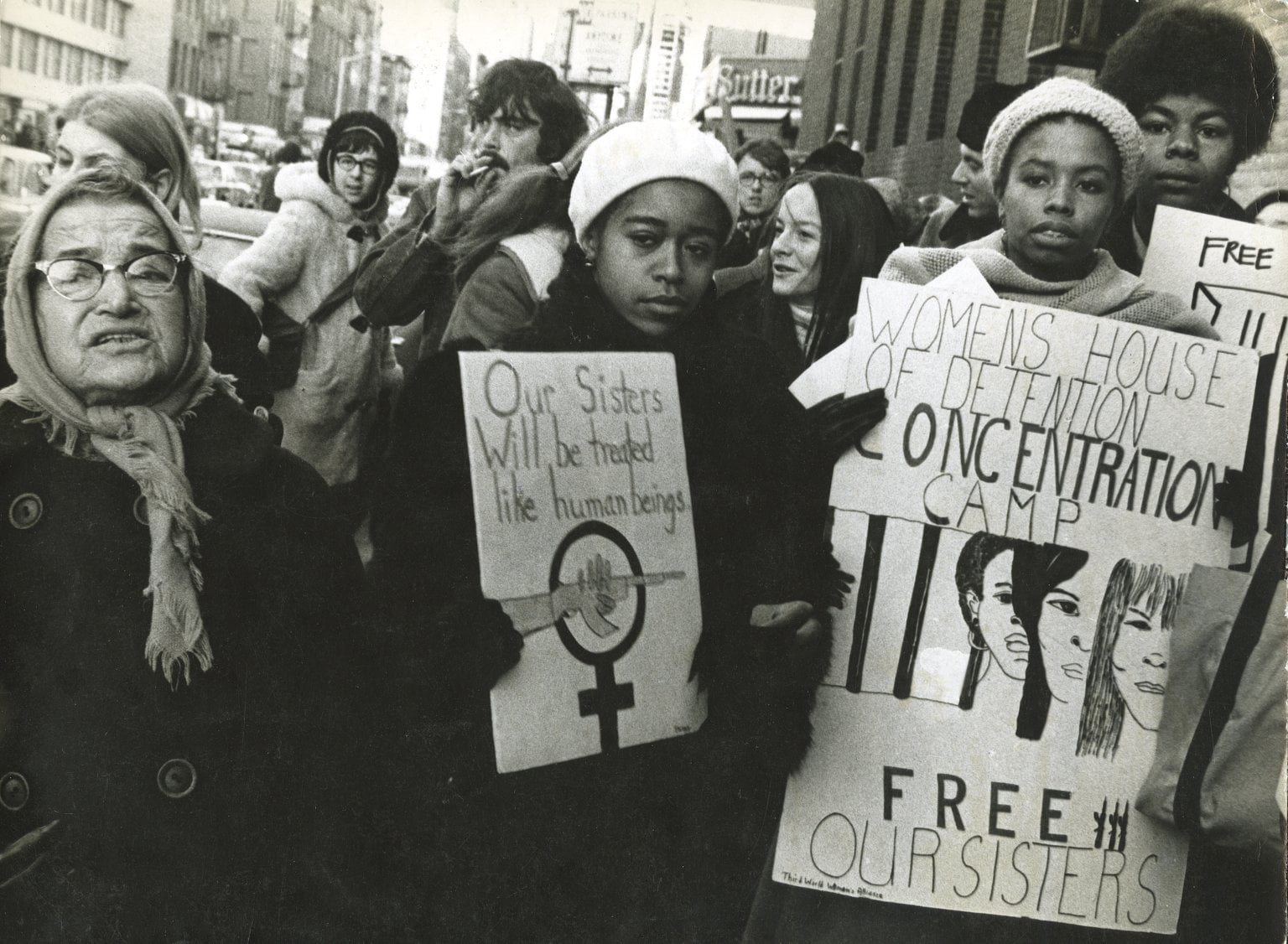
In India, the feminist movement is significantly different than in the USA. India’s movement for gender equality was closely connected with the nationalist struggle for freedom. During the 19th century, those advocating for the protection of women’s rights were male reformers who made important advances by fighting for legal safeguards against social evils such as child marriage and sati.
A rise in consciousness about the oppression of women and their societal status was interlinked with a desire to escape the discrimination carried out by the British. The 20th century then saw the growth of women’s groups for empowering women in pre-Independent India, such as the All India Women’s Conference and National Federation for Indian Women.
Also Watch: Watch: A History Of International Women’s Day
Women were participating in the freedom struggle, and independence promised freedom from imperialism and their marginalized role in society. While the feminist movements in the West and India fought for the ultimate goal of equality, the problems they tackled and obstacles they hit were vastly distinct.
While the Second Wave was invaluable to broadening the scope of the feminist cause, it had flaws and failures. It is from issues of racial discrimination within the Second Wave that rose Intersectional Feminism. Intersectionality is defined by Merriam-Webster as “the complex, cumulative manner in which the effects of different forms of discrimination combine, overlap, or intersect.”
In feminist terms, it means taking into account disparities in discrimination and sexism faced by different ethnicities and races and thus making feminism not selective, but all-inclusive equality. The Second Wave was pivotal to the feminist movement and brought women into the mainstream in many spheres, but it had its mistakes. Learning from these is what will determine what shape the movement takes next.
Read the third part here: A Brief Summary Of The Third Wave Of Feminism
References:
Also read in Hindi: सेकंड वेव ऑफ फेमिनिज़म : नारीवादी आंदोलन की दूसरी लहर का इतिहास
Featured Image Credit: Feminist Current
About the author(s)
A student at Ashoka University, Tara loves poetry, impassioned conversation and brewing warm cups of tea.
